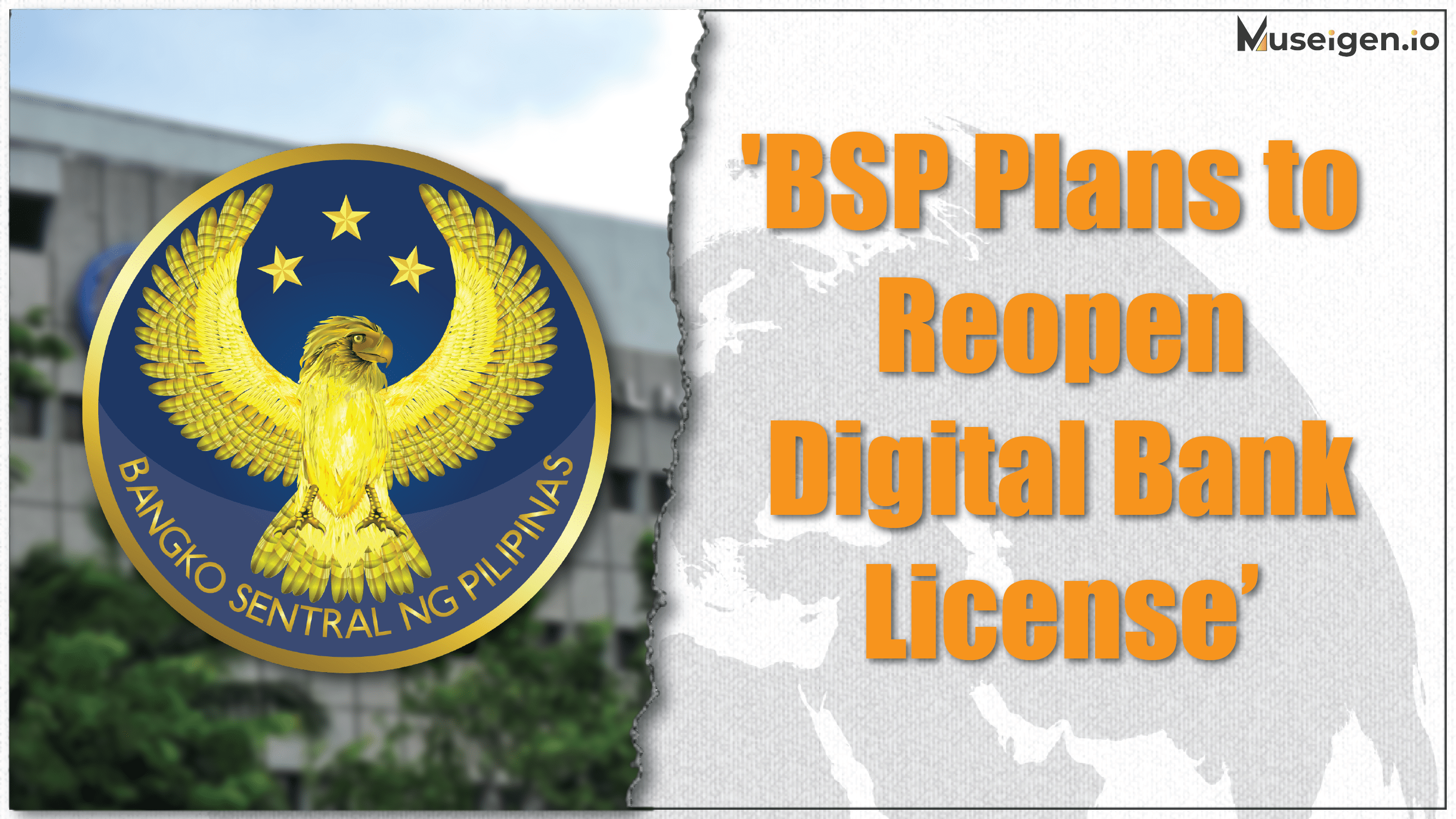The Bangko Sentral ng Pilipinas (BSP) is contemplating the reopening of digital bank license applications, responding to substantial interest from various entities, with the possibility of issuing new licenses on the horizon.
In 2021, the BSP initiated a three-year halt on digital banking licenses, capping the number of digital banks at six, to accumulate regulatory insights. The plan was to resume applications after December 2024, following a period of observation and learning from the operational digital banks.
The potential early end to the moratorium hinges on the BSP’s ongoing evaluation of the current digital banks, focusing on their business structures and the regulatory framework’s adequacy, as conveyed by BSP Governor Eli Remolona.
“There’s a significant pool of quality applicants for digital banking licenses. We’re in the decision phase… I’m optimistic that we’ll start issuing new licenses quite soon,” Remolona disclosed at a press briefing on October 11.
Despite the 2021 imposition of a three-year pause on digital banking licenses, former BSP Governor Benjamin E. Diokno hinted that the application window might reopen sooner if the demand for more neobanks arises. However, Felipe M. Medalla, Remolona’s predecessor, indicated in June 2022 that prospective digital bank applicants might still face a wait of two to three years, as the central bank enhances its regulatory capabilities for these lenders.
“We’re scrutinizing the existing six digital banks, understanding their business models… Once we’re more confident with these models, we’ll consider issuing more digital bank licenses,” Remolona added.
BSP Director Ma. Cynthia Sison mentioned that the central bank’s study on existing digital banks is still underway, and the decision to possibly end the moratorium will follow the study’s conclusion.
Currently, six digital banks have received the BSP’s approval to operate in the Philippines. These include:
GOtyme of Robinsons Bank Corp., which attributes its nearing one-million customer base to fast onboarding and the trust in the Gokongwei brand. It follows a “phygital” model, combining physical and digital approaches to reach a broader customer base.
Maya Bank of PayMaya, which hit the milestone of 1 million registered customers and ₱10 billion in deposits in October 2022. It recently introduced Maya Mutual Funds, allowing investments as low as ₱50.
Overseas Filipino Bank (OFBank), catering specifically to overseas Filipino workers and their families, offering various financial services.
Tonik Bank of Singapore, the first digital bank in the country, targeting the substantial retail deposit and unsecured retail lending markets in the Philippines.
UNObank of Singapore, planning to introduce cryptocurrency services by 2024.
UnionDigital of the Union Bank of the Philippines, which aims to delve into the non-fungible tokens (NFTs) market and has formed a partnership with an e-sports gaming company.
Digital banks, recognized as a separate category by the BSP in November 2020, operate exclusively through digital platforms and electronic channels. They are subject to the same regulatory requirements as traditional banks, including a minimum capitalization of ₱1 billion.
As of August 2022, all six digital banks have commenced operations, having obtained the necessary certificates of authority (COA). The BSP also updated the regulations concerning the establishment of digital banks in September last year, allowing the consideration of applications for digital bank business models from thrift, rural, and cooperative banks, and mandating existing ones to comply with the new capital requirements within five years.
_______________________________________
Disclaimer: “The articles on this website reflect the opinions of the respective writers and are not the opinion of Museigen.io. In addition, nothing in this article should be considered as financial advice. It is essential to conduct your independent research and consult with a qualified financial advisor before making any financial decisions.”
Source: https://bit.ly/3M8cCmB


